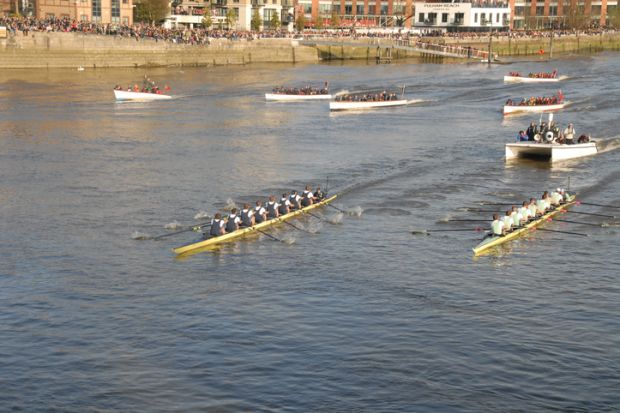About 70 per cent of new undergraduates at the universities of Oxford and Cambridge came from state schools in the past academic year, believed to be the first time the share has reached such a level at both institutions.
According to data from the Higher Education Statistics Agency, Oxford has seen a huge jump in its share of state school entrants, from just 56 per cent in 2015 to 69 per cent in 2020, while Cambridge’s percentage has risen from 62 per cent to 70 per cent over the same period.
Both universities, which have faced criticism in the past for their high private school intakes, now have higher entrant shares from state schools than almost half a dozen other large institutions.
For instance, Durham University had the lowest share of new entrants from the state sector at 62 per cent, followed by the universities of St Andrews (63 per cent), Edinburgh (65 per cent), and Exeter (66 per cent), Imperial College London (66 per cent) and UCL (68 per cent).
Meanwhile, another university that was among the institutions with the lowest state school intake five years ago, the University of Bristol, has seem a similar rise to Oxford and Cambridge, from 61 per cent to 73 per cent from 2015 to 2020.
Data on entrants for 2020-21 could have been influenced by the unusual admissions round in the summer of 2020, when the government made the decision after the publication of A-level results to accept teacher-assessed grades, leading to bumper admissions at selective institutions.
However, the share of state school entrants at the universities of Oxford and Cambridge had already been climbing in the years before the pandemic, suggesting that it could also reflect policies at individual Oxbridge colleges on access.
In keeping with some of the most selective universities, however, both universities are still short of their “benchmarks” for state school share, a figure that adjusts sector averages for entry grades and subject mix: both have a benchmark state school intake of 76 per cent.
Among large universities, the institution that still has one of the largest gaps between its benchmark and actual state school intake is Oxford Brookes University, where 71 per cent came from the state sector against a benchmark of 92 per cent.
Overall, 90 per cent of young undergraduates starting courses in 2020-21 were from state schools or colleges, a similar level to the year before. However, the data show that this varies considerably depending on the region the students are from.
For instance, for Londoners, the share of new entrants from state schools was 87 per cent, compared with 95 per cent for those from the North West and 99 per cent for students from Northern Ireland.
Register to continue
Why register?
- Registration is free and only takes a moment
- Once registered, you can read 3 articles a month
- Sign up for our newsletter
Subscribe
Or subscribe for unlimited access to:
- Unlimited access to news, views, insights & reviews
- Digital editions
- Digital access to THE’s university and college rankings analysis
Already registered or a current subscriber? Login







